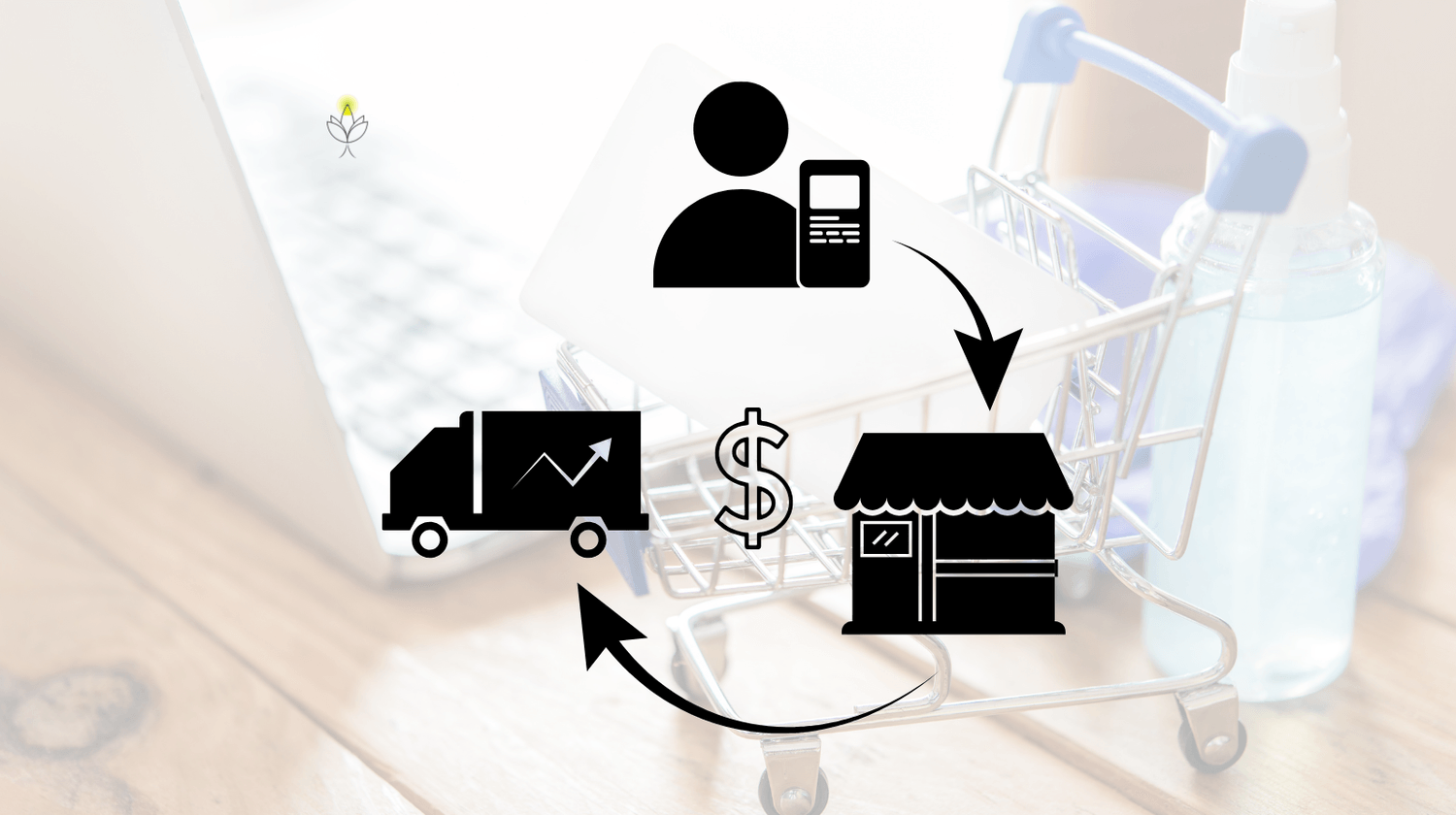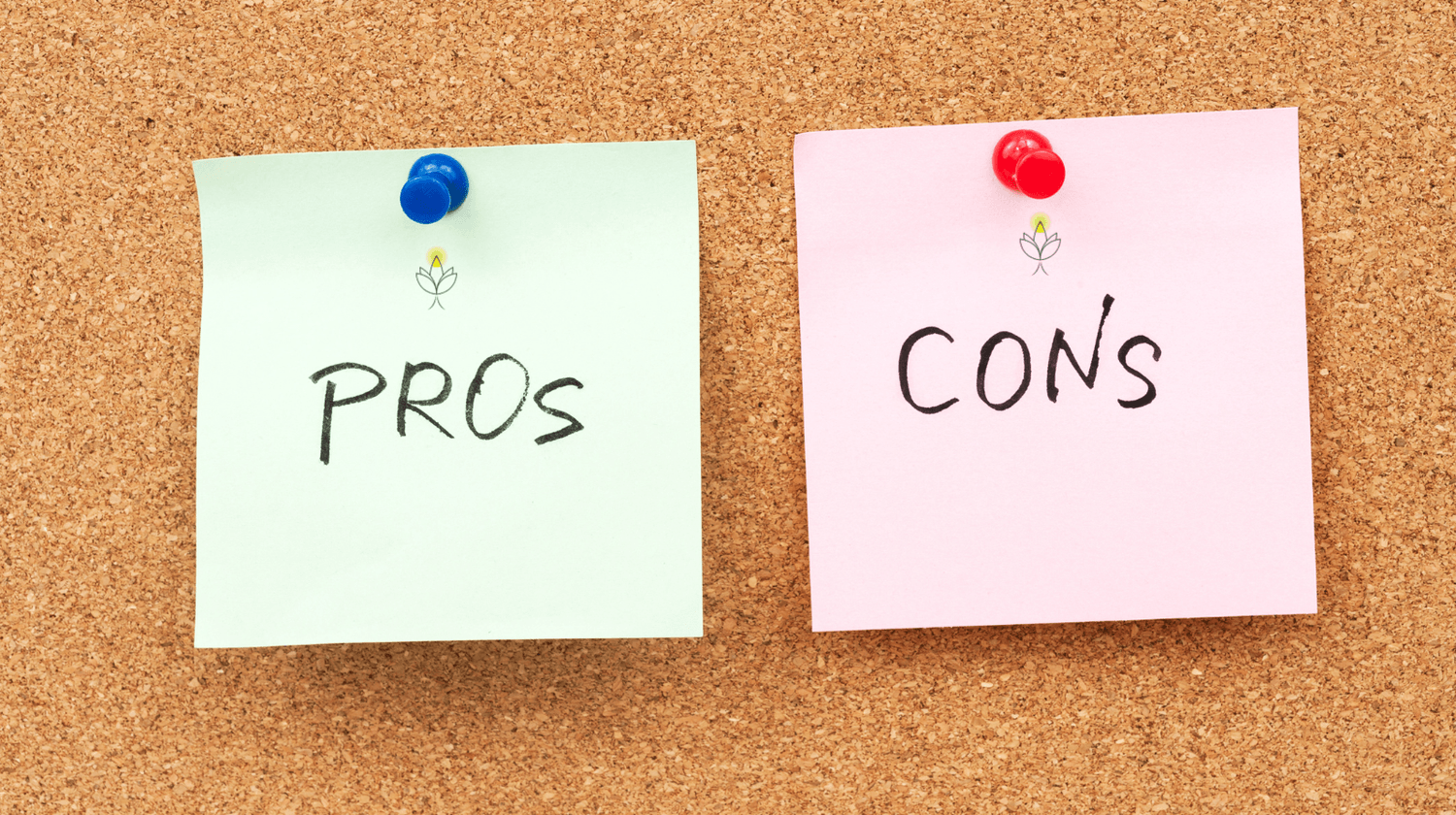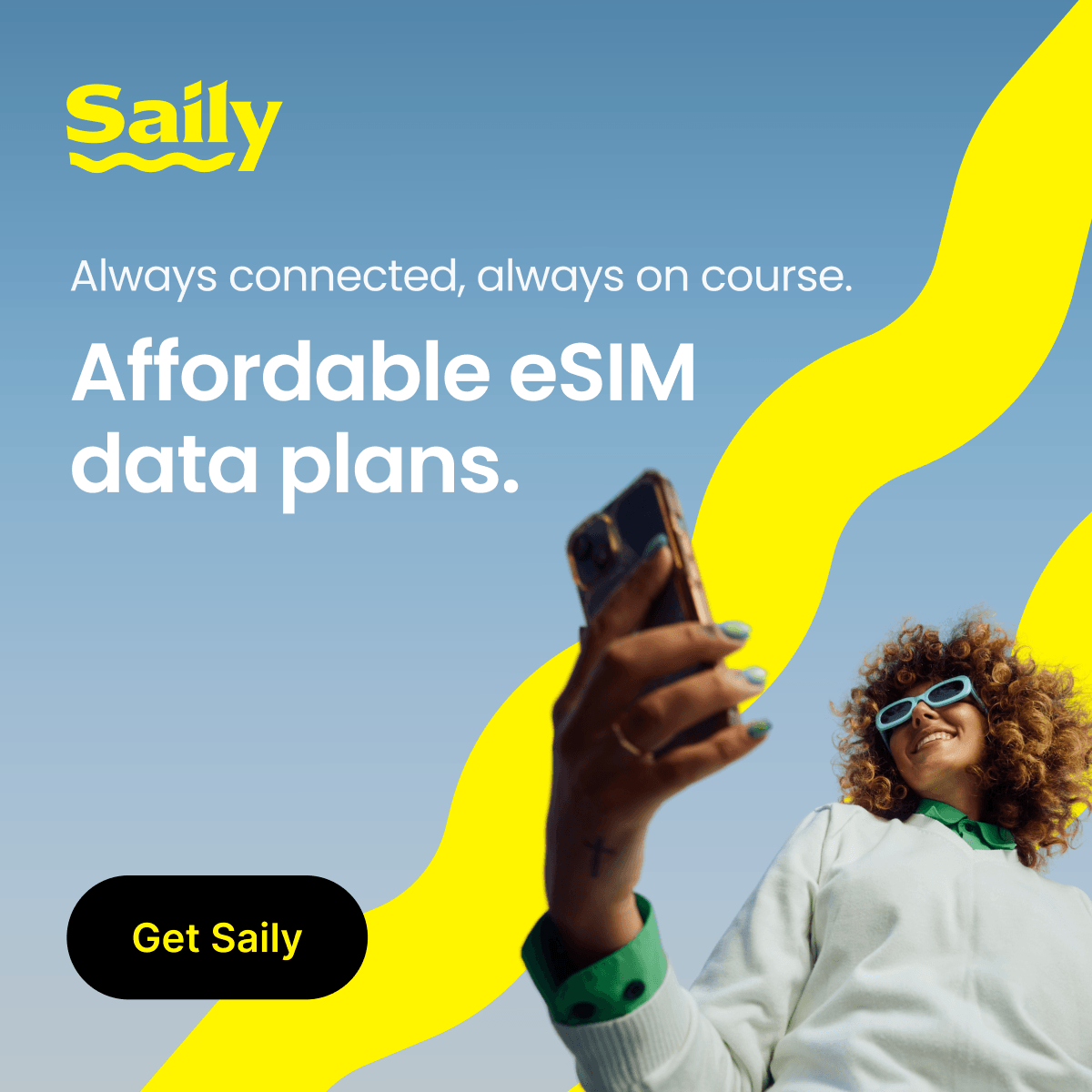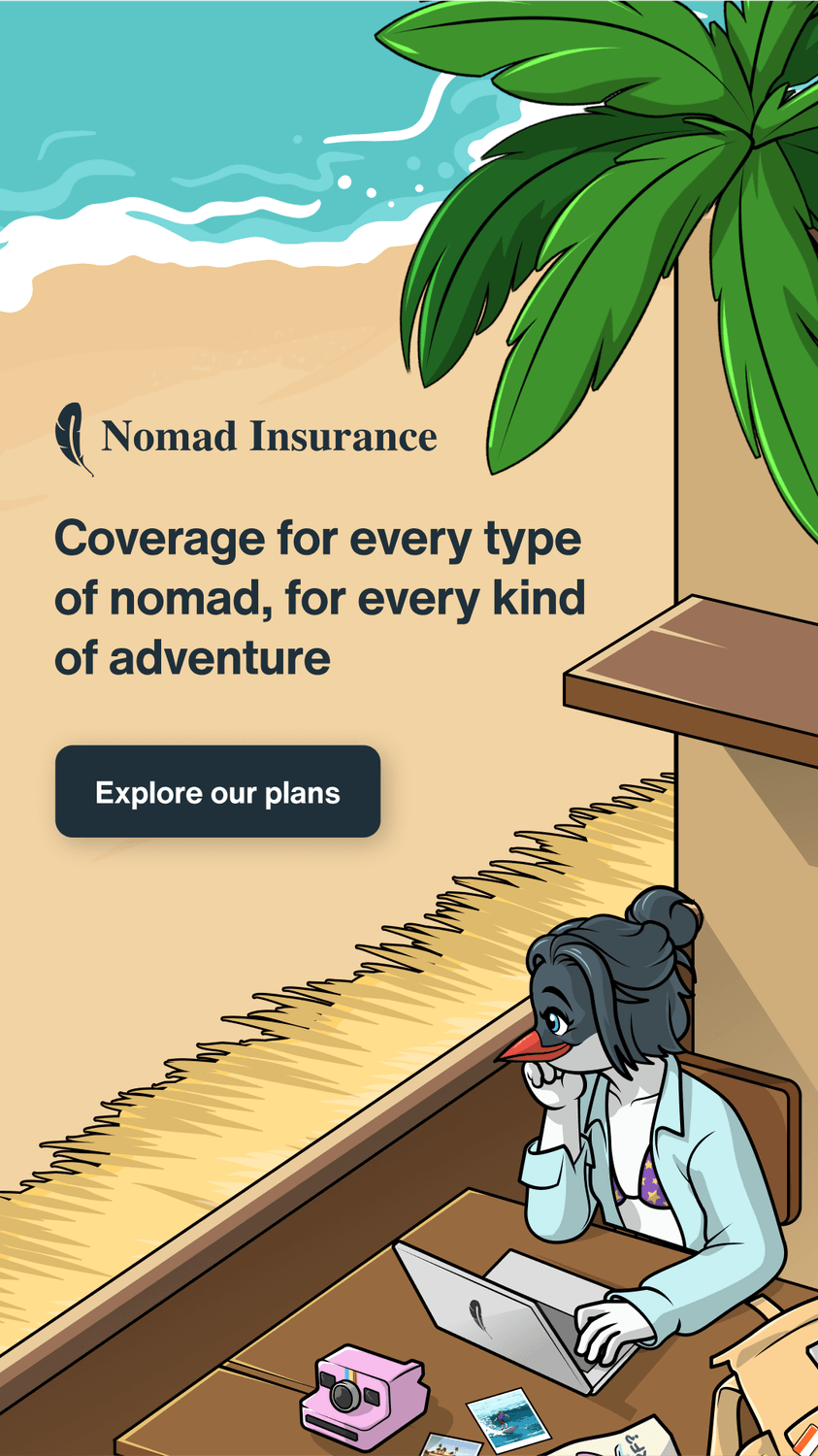Dropshipping vs Amazon FBA vs FBM: What’s the Best E-Commerce Model for You?
This post may contain affiliate links. If you click and make a purchase, I may earn a small commission at no extra cost to you. Thank you for supporting Firefly so I can keep creating free travel content ✨
Starting an online business can feel overwhelming, especially when terms like dropshipping, FBA, and FBM keep popping up. At first glance, they may sound similar — after all, in all three models, you don’t always ship the product yourself. But in reality, these are very different business models, each with unique costs, pros, and cons.
And while I’m familiar with all of them, I’ll be honest — I’m not the biggest fan of this approach to selling. Still, since so many people ask me about it, I decided to create this article to explain how each model works — so you can make an informed choice based on your own goals, budget, and values.
What Is Dropshipping?
Dropshipping is one of the easiest ways to start selling online.
You create an online store (Shopify, Simvoly, WooCommerce, Wix, etc.).
A supplier holds the inventory for you.
When someone buys from your store, the supplier ships the product directly to the customer.
Key facts about dropshipping:
No need to buy inventory upfront.
Low startup cost.
You handle marketing and customer service.
Profit margins are usually lower because you pay suppliers per item.
Delivery times can be long if you rely on overseas suppliers (like AliExpress).
💰 Costs:
Shopify Basic plan: $39/month.
Payment fees: ~2.9% + $0.30 per sale (Stripe/PayPal).
Ad spend is your biggest cost (Facebook, TikTok, Google Ads).

What Is Amazon FBA?
FBA = Fulfillment by Amazon.
Here’s how it works:
You buy inventory upfront (from a manufacturer or supplier).
Send the products to Amazon’s fulfillment centers.
Amazon stores, packs, ships, and handles returns for you.
Key facts about FBA:
Products are Prime eligible → faster shipping and more trust.
Access to Amazon’s massive customer base.
Requires upfront investment in inventory (usually 100–500 units from overseas suppliers, or 10–50 from domestic suppliers).
You don’t own customer data (Amazon controls it).
💰 Costs:
Professional Seller account: $39.99/month.
Referral fee: ~15% of sale price.
Fulfillment fee: $3–5 per unit (depending on size/weight).
Storage fees if your products sit in the warehouse.
What Is Amazon FBM?
FBM = Fulfillment by Merchant.
You list your products on Amazon, but you ship orders yourself (or use a third-party logistics provider).
Lower fees because Amazon doesn’t handle fulfillment.
You’re responsible for storage, packing, shipping, and returns.
Key facts about FBM:
No upfront inventory storage with Amazon.
More control, but more work.
No Prime badge → customers may trust you less compared to FBA sellers.
💰 Costs:
Professional Seller account: $39.99/month.
Referral fee: ~15% of sale price.
Shipping costs depend on your courier.

Profit Example: $50 Product
Let’s break it down:
Dropshipping (Shopify + Stripe EU):
Sale price: $50
Stripe fee: –$1.00
Product cost: –$20
Ads: –$15
✅ Profit: $14
Amazon FBA:
Sale price: $50
Referral fee (15%): –$7.50
FBA fee: –$3.50
Product cost: –$10
✅ Profit: $29 (before ads)
Amazon FBM:
Sale price: $50
Referral fee (15%): –$7.50
Shipping: –$5
Product cost: –$10
✅ Profit: $27.50
Pros & Cons at a Glance
Model
Pros
Cons
Dropshipping
Low startup cost, no inventory
Lower margins, long shipping times, ad costs
Amazon FBA
Prime shipping, huge customer base, higher trust
Upfront capital needed, Amazon controls customers
Amazon FBM
More control, less upfront cost
No Prime, more manual work, slower delivery

Which Model Should You Choose?
It depends on your budget and long-term goals:
Tight budget / testing ideas? → Start with dropshipping.
Capital to invest & want long-term brand? → Choose Amazon FBA.
Already have inventory or want control? → Go with Amazon FBM.
Each path can work—you just need to match the business model to your resources and vision.
Advanced Tips & What to Watch Out For
Starting an online business sounds exciting, but here are some insider truths to keep in mind before you dive in:
1. Returns & Customer Expectations
Dropshipping often means long shipping times → expect more refunds.
Amazon customers are used to Prime speed → if you can’t deliver, bad reviews will hurt your ranking.
2. Hidden Costs
With FBA, don’t forget about storage fees. Unsold products sitting in Amazon’s warehouse can get expensive.
With Shopify, the real “silent killer” is advertising cost. Test ads carefully before scaling.
3. Product Quality
Always order samples first (whether dropshipping or FBA). Poor quality = higher returns and bad reviews.
Don’t rely only on supplier photos. Create your own branded content.
4. Legal & Taxes
Moving products across borders? Be ready for customs, VAT, and import duties.
Always register your business properly to avoid nasty surprises later.
5. Scaling Smart
Dropshipping is great for testing ideas → but if a product works, switch to bulk orders or FBA for better margins.
Think long-term: brand, repeat customers, and building an email list matter more than a “quick win”.
💡 The biggest tip: don’t chase trends blindly. Research, test, and focus on creating value. That’s how you build something sustainable.
If you find yourself juggling multiple tools—Shopify store, landing page builder, email platform, appointment scheduler—then the idea of an “all-in-one” platform might feel like a dream. That’s where Simvoly comes in.
Simvoly combines website building, e-commerce, funnels, booking systems, and even marketing automations under one roof, simplifying your tech stack.
Imagine not needing 5 different logins, plugins, or integrations—everything is in one place. For many creators and coaches, that trade-off (a bit less flexibility in some niche areas) is totally worth the ease and clarity.
If you’re building your brand, not just testing, Simvoly is an option worth considering as a Shopify alternative or a complement to your setup.
Final Thoughts
Dropshipping, Amazon FBA, and FBM all have their place in the e-commerce world. The biggest mistake is assuming they’re the same. They’re not.
Dropshipping = fast start, no inventory.
Amazon FBA = investment-heavy, but scalable and trusted.
Amazon FBM = flexible, but more work and fewer sales opportunities.
👉 Want help deciding which model is best for you?
👉 Ready to choose the right model for your business? Book a private 1-on-1 coaching session with me here.
📌 Find me on Skillshare here.
Hi, I'm Alenka

Welcome to my little corner of the internet — a cozy Firefly space where creativity meets freedom.
I share my love for online business, travel, and design — along with simple ways to turn your ideas into income and your dreams into everyday life.
Here, you’ll find practical tips, tools, and inspiration to help you build a business that fits you — so you can shine online and live life on your own terms.
✨ Loved this post?
Keep exploring — I’ve gathered a few more Firefly stories and guides that can spark new ideas and help you create, travel, and shine online. 🌍
→ Discover more articles below and keep the Firefly glow going. 💛
→ Check out my Canva mini course for beginners
My book Chakra Code helps you find balance, clarity, and flow — so abundance can find you too.
Some of the links in this blog are affiliate links. This means that if you decide to book or buy through them, I may receive a small commission. It won’t cost you anything extra – but it helps me keep Firefly alive and full of free travel tips ✨ Thank you for supporting my journey and helping me share the magic of travel with you 💜
✨ Join hundreds of creators and digital explorers already growing with Firefly!
Unlock exclusive access to free resources, step-by-step guides, and insider tips for creating digital products, growing your business, and living a more flexible lifestyle.
Don’t wait for the perfect moment – create it. Your dream life starts today.
Want a website like mine? Contact me!
© 2025 By-Firefly | Privacy Policy | Terms & Conditions | Pricing Plans | FAQ All Rights Reserved











